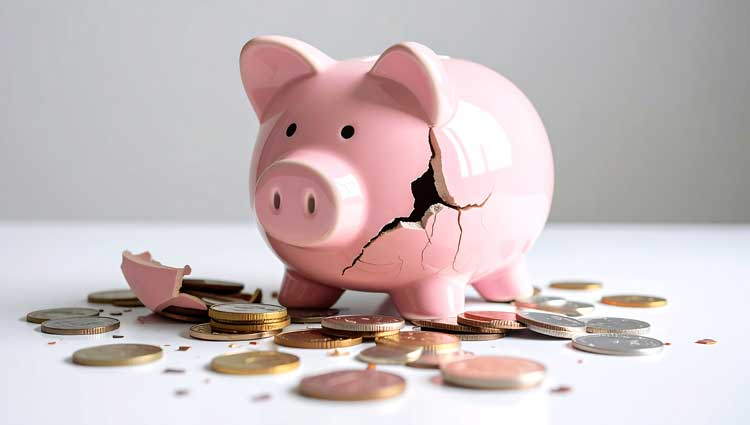People are investing in their legacy.
They want to give. Tweet
Every good story starts with a setup.
It doesn’t matter if it’s a joke, a novel, or a blockbuster movie—the beginning is where you learn what’s happening, who’s involved, and why it matters. Without it, the rest of the story just doesn’t land. Think about it: if you only caught the last 20 minutes of Star Wars, you’d be completely lost. “Why is everyone so worked up about this Death Star? And what’s going on with Leia’s hair?”
The same rule applies to fundraising. Donations are like the big finale of your nonprofit’s story—the part where all the effort, trust, and communication come together. But just like a story doesn’t work without a setup, fundraising doesn’t work without preparation; without relationships. If people don’t know who you are, what you stand for, and why they should care, it’s going to be really tough to inspire them to give.
Build Your Foundation
This is why the “setup” is so important. Donors want to trust your organization and feel confident that their support will make a real difference. And that confidence, that trust, has to come from you. But it doesn’t just happen on its own—it’s something you build over time through consistent communication and transparency. People need to see you as credible, capable, and aligned with their values. Otherwise, asking for their support can feel like trying to sell a house without bothering to clean it up first. It’s just not going to happen.
That’s why successful nonprofits invest in marketing and brand-building. It’s not just about making your name known—it’s about helping people understand what you do and why it matters. It’s also why building relationships is so important. It’s about creating a connection so that when you do ask for support, it feels natural. Donors want to feel like they’re an integral part of your story, not just someone you’re hitting up for cash.
Just this morning I was talking with Dr. Eddie Thompson, Founder & CEO at Thompson & Associates Estate Planning, when he reminded me that, “You can have all the gadgets and trinkets you want, but it comes down to communications and relationships. Fundraising to me is like banking, where you have to make a number of deposits before you make a withdrawal. Those deposits are visits and relationship-building activities.”
Focus On the Setup
The truth is, people want to give. They want to help causes that inspire them—but they also want (need!) to trust the people running those causes because they are investing in their legacy. And trust doesn’t come from a slick campaign or a single great appeal. It comes from showing up, being transparent, and proving that you’re the real deal. It comes from doing the setup work.
So, when you’re thinking about your next campaign or donor outreach, take the time to set the stage. Share your story. Help people understand who you are, what you stand for, and why they’re an essential part of what you do. Because if you get the setup right, the ending—those much-needed donations—will feel like a natural conclusion to a story they’re proud to be part of.





